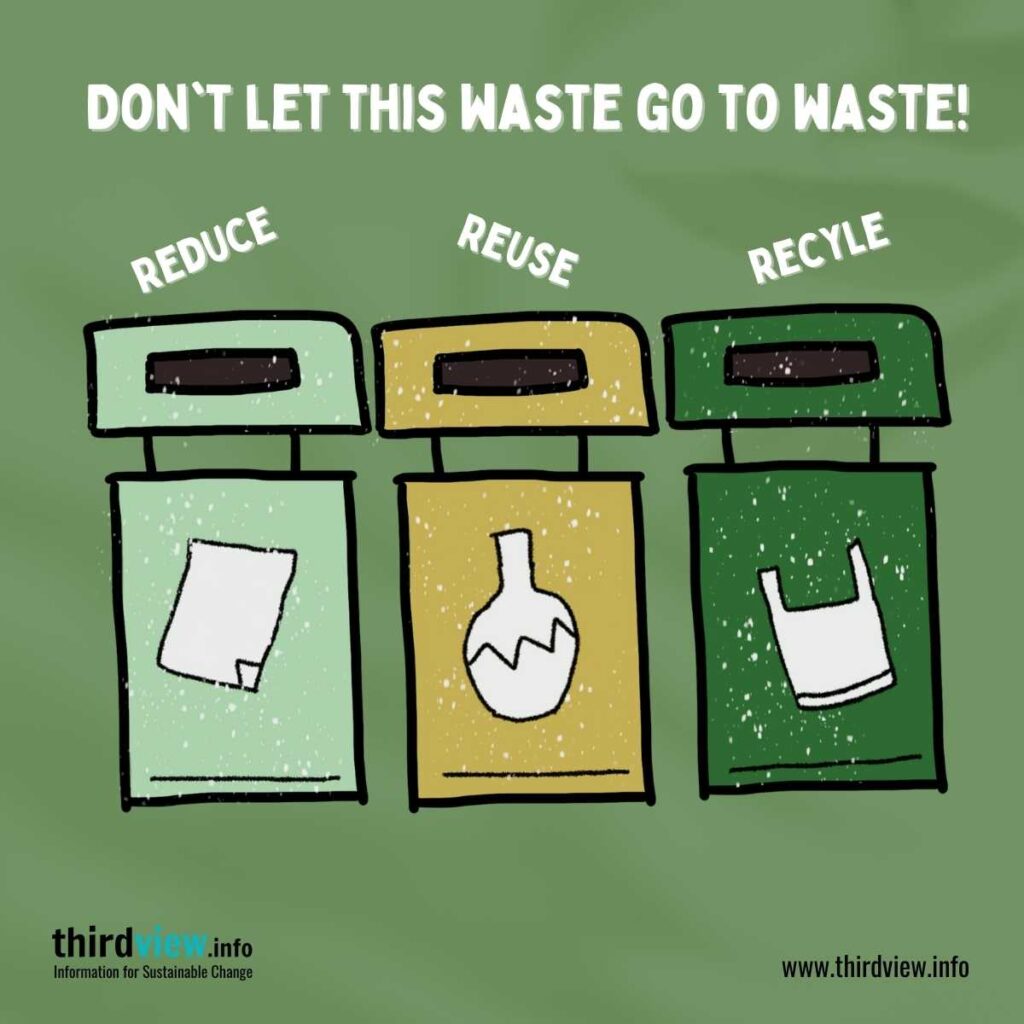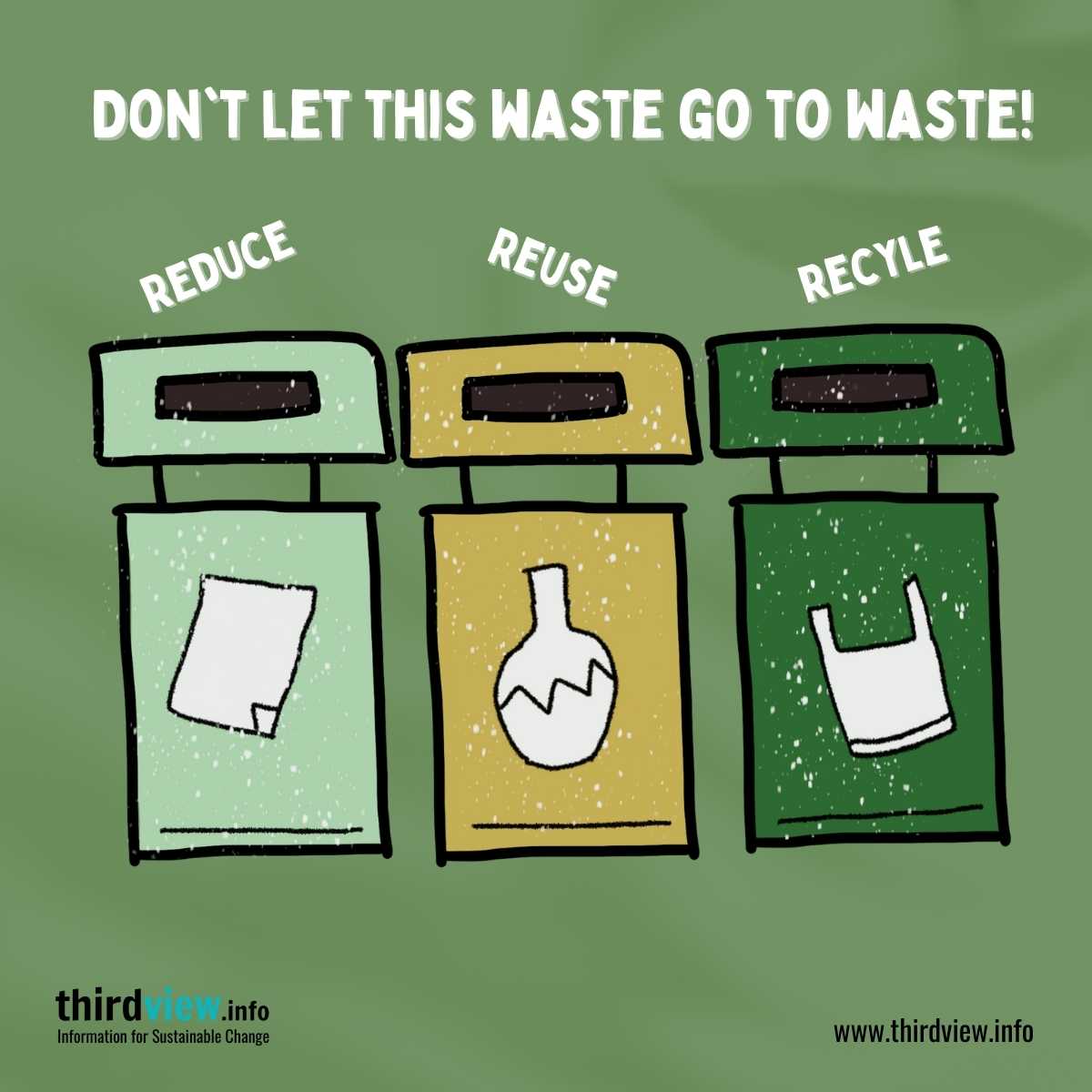Recycling is an important part of caring for the environment. It reduces the amount of waste in landfills, conserves natural resources, and helps protect ecosystems and wildlife. But recycling effectively requires more than just putting items in a recycling bin—it’s about learning how to recycle correctly. Let’s discuss how to recycle properly and the environmental benefits that come from doing it right.
The Basics of Recycling
Recycling starts with understanding what can be recycled. Most materials can be broken down into two categories: those that should always be recycled and those that should never be recycled. Items that are always safe to put in a recycling bin include paper products, plastic bottles, aluminium cans, glass containers, cardboard boxes, and steel cans. Anything else like food waste or hazardous materials should not go into a recycling bin as they can contaminate other recyclables or cause damage at the recycling facility. It’s important to check with your local municipality on what items they accept – some places may have different rules than others when it comes to what can be recycled.
Another important factor in effective recycling is making sure all materials are clean before they hit the bin. This means rinsing out any food or liquid residue from containers before tossing them in the recycle bin. This will help ensure that no contaminants make their way into the recycling stream and keep everything clean when it arrives at its final destination – the sorting facility.
Environmental Benefits of Recycling
When done correctly, recycling has a number of environmental benefits beyond simply reducing landfill waste. By diverting materials from being thrown away, we reduce our reliance on natural resources like trees for paper products or petroleum for plastics. We also help conserve energy as manufacturers don’t need to create new products from scratch – they can use existing materials instead! And perhaps most importantly, we help protect wildlife by preventing toxic chemicals from leaching into the soil and contaminating water sources like rivers or streams where animals live and thrive.
Misconceptions About Recycling
Despite its obvious benefits, there are still many misconceptions about recycling floating around out there – some of which may be preventing you from doing your part for the environment! For instance, many people believe that recyclables should be sorted by colour before being deposited into a recycling bin – but this isn’t necessary (or even recommended). As long as you separate your recyclables from your trash before disposing of them in the proper receptacles or bins (i.e., paper in one bin; plastic bottles in another), you should be good to go!
Another misconception is that all plastics are recyclable—but this isn’t true either. While most plastic containers (such as water bottles) can be recycled, some types of plastic cannot—like Styrofoam or single-use bags/wrapping/packaging material. So, if you’re unsure whether or not something is recyclable, check with your local waste management provider first before tossing it into a recycling bin!
Recycling is an essential part of protecting our planet’s health—when done properly it helps conserve natural resources while also reducing air pollution and diverting materials away from landfills and incinerators. To ensure maximum efficiency though, recyclables should always be separated by type and cleaned prior to placing them in your recycling bin; this will allow them all to move through the proper channels and eventually become something new again!


